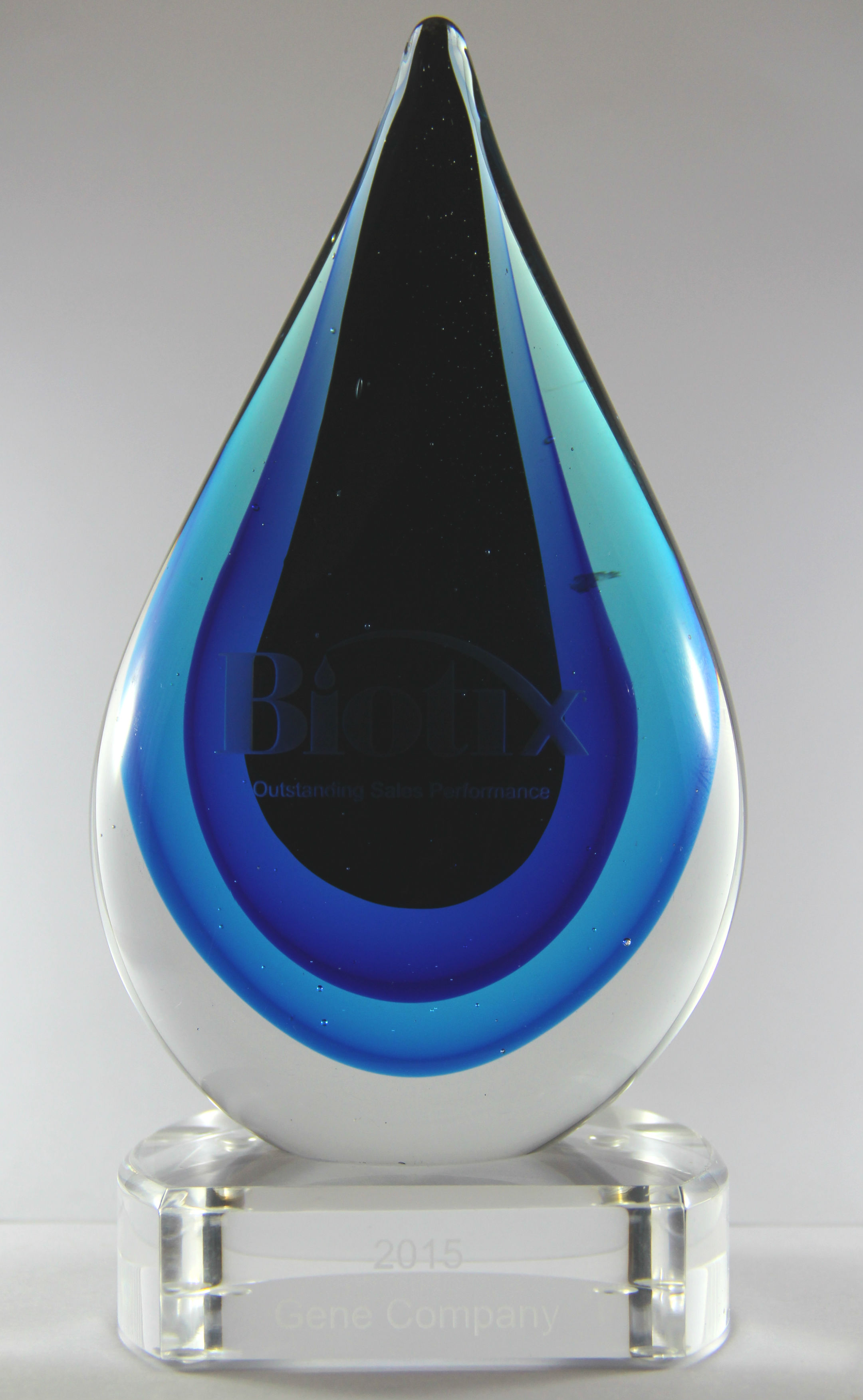生物通报道:最近,美国普渡大学的研究人员开发出一种方法,称为ZipChip,可大大降低ChIP分析的时间和成本,同时还能提高灵敏度。
染色质免疫沉淀(ChIP)研究,对于染色质相关蛋白和组蛋白修饰在基因组中的定位,提供了深入的见解。然而,标准的ChIP方法耗时、昂贵、费力,由于涉及大量的步骤,易受实验误差的影响。此外,全基因组ChIP研究产生了大量的数据,因此迫切需要某种方法,能够进行快速验证以及生物相关性分析。延伸阅读:Nucl Aci Res:简化RNA结构分析的新方法。
为了克服这些挑战,研究人员最近开发出一种方法,称为ZipChIP,可大大降低ChIP分析的时间和成本。相关研究结果发表在最近的《Nucleic Acids Research》杂志。本文资深研究作者、普渡大学的Scott Briggs 指出:“ZipChIP的开发是很重要的,因为它将复杂的ChIP程序简化为一个简单的‘一下午实验’,可进行染色质相关蛋白的快速分析。”
该方法也提高了灵敏度,能够检测染色质相关蛋白和组蛋白翻译后修饰,这在以前是很难或几乎不可能检测到的。根据作者介绍,ZipChIP将是一种有用的工具,可用于各种实验室,有助于染色质和DNA模板化过程的研究。
相比较其他ChIP方法,ZipChIP需要较少的试剂和步骤。此外,研究人员优化了程序,可允许在qRT-PCR的微珠PCR反应中使用磁珠,从而带来更好的灵敏度。研究人员使用ZipChIP检测到了组蛋白修饰和两个酵母组蛋白去甲基化酶——Jhd2和Rph1,在以前用标准方法是难以检测的。
分析结果表明,在积极转录的基因上至少有两种H3K4模式。本文第一作者Kayla Harmeyer说:“这是令人惊讶的,因为只有一个主要的H3K4模式被报道过。这些富集模式的生物学意义是未知的,但现在这些问题得到了解决。”
研究还表明,这种多功能方法可用于酵母和拟南芥的更复杂的基因组。研究结果表明,ZipChIP还可以应用于一些生物,如斑马鱼,果蝇和哺乳动物细胞。Briggs说:“我们的初步数据表明,ZipChIP也对哺乳动物细胞起作用。然而,该方法的主要缺点是,本程序是用于基因特异性的分析。接下来,研究人员将优化ZipChIP,用于全基因组的研究。”
(生物通:王英)
生物通推荐原文摘要:
Immediate chromatin immunoprecipitation and on-bead quantitative PCR analysis: a versatile and rapid ChIP procedure
Abstract: Genome-wide chromatin immunoprecipitation (ChIP) studies have brought significant insight into the genomic localization of chromatin-associated proteins and histone modifications. The large amount of data generated by these analyses, however, require approaches that enable rapid validation and analysis of biological relevance. Furthermore, there are still protein and modification targets that are difficult to detect using standard ChIP methods. To address these issues, we developed an immediate chromatin immunoprecipitation procedure which we call ZipChip. ZipChip significantly reduces the time and increases sensitivity allowing for rapid screening of multiple loci. Here we describe how ZipChIP enables detection of histone modifications (H3K4 mono- and trimethylation) and two yeast histone demethylases, Jhd2 and Rph1, which were previously difficult to detect using standard methods. Furthermore, we demonstrate the versatility of ZipChIP by analyzing the enrichment of the histone deacetylase Sir2 at heterochromatin in yeast and enrichment of the chromatin remodeler, PICKLE, at euchromatin in Arabidopsis thaliana.








